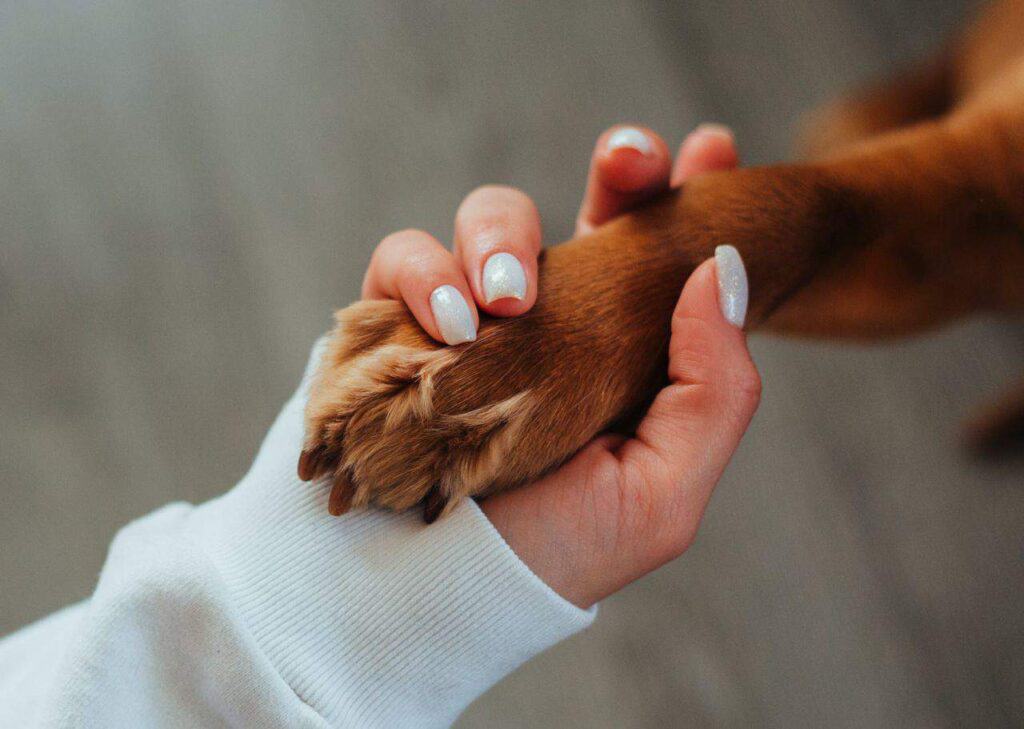Puppy Power: Conquering Commands and Potty Training
Bringing home a playful pup is an exciting time, but it can also be overwhelming. Between the chewed slippers and the persistent puddles, you might wonder where to even begin. Fear not, fellow pet parent! This guide will equip you with the knowledge to tackle two crucial aspects of puppy training: basic commands and toilet training.
Building a Foundation: Basic Commands
Puppies are eager to please and remarkably absorbent at an early age. Start training as soon as your furry friend arrives, ideally between 8-12 weeks old. Here’s how to introduce essential commands:





- Sit: The “sit” command is one of the most fundamental cues to teach your puppy. To train your puppy to sit, hold a treat close to their nose and slowly move your hand upward. As their head follows the treat, their bottom will naturally lower into a sitting position. Once they are seated, reward them with the treat and praise. Repeat this process until your puppy can sit on command.
- Stay: Teaching your puppy to “stay” is crucial for safety and control. Start by asking your puppy to sit, then hold your hand out in front of you and say “stay” while taking a small step back. If your puppy stays in place, reward them with a treat and praise. Gradually increase the distance and duration of the “stay” command as your puppy becomes more proficient.
- Come: The “come” command is essential for calling your puppy back to you, especially in potentially dangerous situations. Begin by kneeling down, calling your puppy’s name, and saying “come” in an excited tone. When your puppy comes to you, reward them generously with treats and praise. Practice this command in a safe, distraction-free environment before using it in more challenging situations.
- Down: Teaching your puppy to lie down on command can help them relax and stay calm in various situations. Start by having your puppy sit, then hold a treat to their nose and slowly lower it to the ground. As your puppy follows the treat, their body will naturally lower into a down position. Reward them with the treat and praise. Consistent practice will help your puppy master this command.
- Leave It: The “leave it” command teaches your puppy to ignore distractions or items that are not safe for them. Begin by placing a treat in your hand and closing your fist. Show your puppy the closed hand and say, “leave it.” When your puppy stops trying to get the treat, reward them with a different treat. With practice, your puppy will learn to ignore unwanted objects or behaviors
Toilet Training: Establishing Good Habits Early On
One of the most common challenges of raising a puppy is toilet training. Accidents are inevitable, but with patience, consistency, and positive reinforcement, you can teach your puppy where and when to eliminate. Here are some tips for successful toilet training:
- Establish a Routine: Puppies have small bladders and need frequent bathroom breaks. Take your puppy outside first thing in the morning, after meals, after naps, and before bedtime. Consistency is key to helping your puppy understand when and where to go potty.
- Use a Designated Potty Area: Take your puppy to the same spot in your yard or a designated indoor potty area every time. The scent will help them associate the area with pottying.
- Positive Reinforcement: When your puppy eliminates in the appropriate spot, reward them with treats, praise, and affection. Positive reinforcement helps your puppy understand that going potty outside is a desirable behavior.
- Supervise and Anticipate: Keep a close eye on your puppy, especially when they show signs of needing to potty, such as sniffing, circling, or whining. By anticipating their needs and taking them outside promptly, you can prevent accidents indoors.
- Clean Accidents Properly: If your puppy has an accident inside, clean the area thoroughly with an enzymatic cleaner to remove the scent and discourage repeat incidents. Avoid using ammonia-based cleaners, as they can mimic the scent of urine.
- Be Patient and Consistent: Toilet training takes time and patience. While accidents are inevitable, stay consistent with your routine and praise your puppy for successful potty breaks. Avoid punishment or scolding, as this can create fear and confusion.

